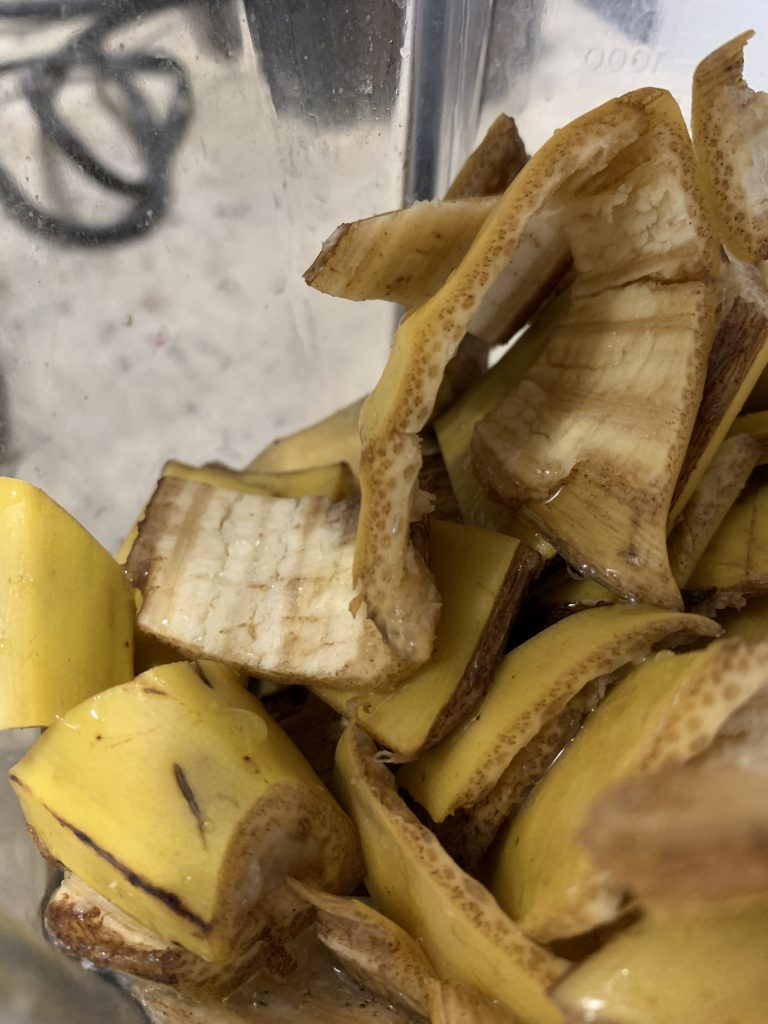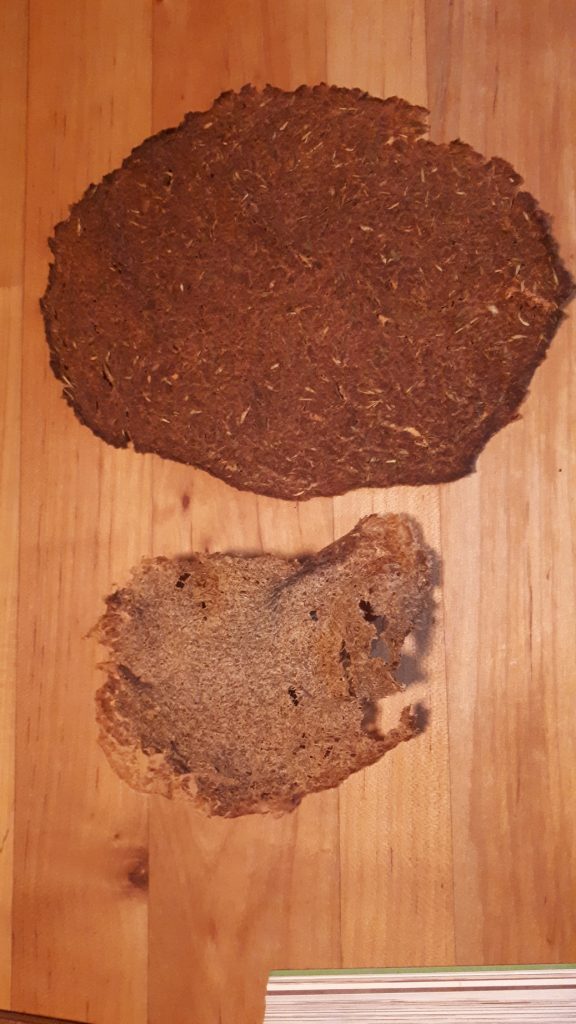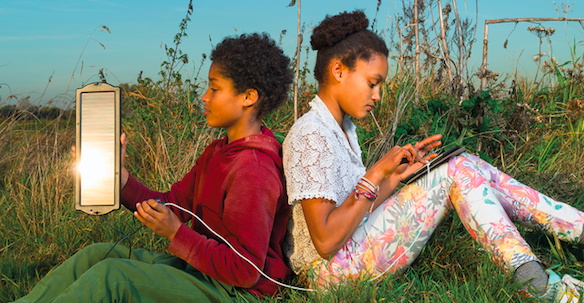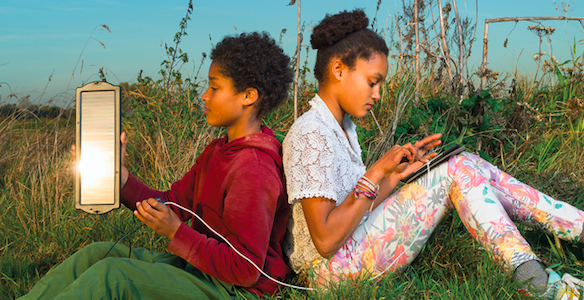Did you know that lamps can be powered by glowing bacteria instead of electricity? That gloves designed like gecko feet let people climb straight up glass walls? Or that kids are finding ways to make compostable plastic out of banana peels? Biomimicry, the scientific term for when we learn from and copy nature, is a revolutionary way to look to nature for answers to environmental problems such as climate change.
In Design Like Nature: Biomimicry for a Healthy Planet young readers discover innovations and inventions inspired by the environment. Nature runs the entire planet with no waste and no pollution. Can humans learn to do this too? It’s time to step outside and start designing like nature.
* * *
In this guest post for the Orca Blog, Design Like Nature authors Megan Clendenan and Kim Ryall Woolcock share the story of their own biomimicry experiment: creating compostable packaging out of banana peels. Read how it went and check out the recipe at the end to try it yourselves!
By Megan Clendenan and Kim Ryall Woolcock
After writing Design Like Nature, we wanted to do a little biomimicry ourselves. Single-use plastics, often used as food wrappers, packaging for toys or plastic cutlery and plates, are piling up in landfills. But there are many materials in nature that are strong, flexible and can be returned to the earth instead of thrown out. Potatoes, mushrooms and corn are all used to make compostable packaging.
We learned from writing the book that there’s another option: banana peels! Banana peels are thick, strong and flexible—but not edible! Since there is always at least a half dozen bananas in both of our homes, we did some internet research on what other ingredients are required to make a material out of banana peels and came up with a recipe that used only items we already had: bananas, honey, cinnamon and thyme. There are various recipes on the internet, and it would be fun to try more than one!
We set out to make a material that would be flexible, long-lasting and easy to mold into many different shapes—kind of like how the peel is an excellent wrapper for the banana. Another bonus of this material: we could put it into the compost when we were done with it!
Here’s how it went:
(Find the recipe at the end of this blog post.)
First, we cut the bananas.

We whirled them into mush in the food processor.
We added water and cooked them for 5 minutes.
We strained them to squeeze out all the water. You do need to spend some time squeezing the water out so that you get a really thick paste.
We added the honey, cinnamon and thyme (Mmmm!).
We cooked them again.

We spread them thin and dried them. The cinnamon made the whole kitchen smell delightful as it dries in the oven!
And we did indeed get plastic! It’s a thin sheet that’s flexible and soft, and although it’s been sitting on the kitchen counter for a week, it doesn’t show any sign of mold.

In the spirit of experimentation, Megan and her son brainstormed what else they could make. Megan decided to form the plastic into tiny balls that her cats could play with. Store-bought cat toys often have plastic components, but the cats destroy the toys quickly, making more plastic garbage. The cats chased the new balls around and under furniture–a success!
Megan’s son decided he would make a bio-plastic toy figure. Afterwards, he decided bio-plastic would be good packaging but maybe not a toy as it might not last forever! The cat toys and toy figure were much thicker than the other plastic and so needed to cook for about three times as long as the thin sheet.
Kim decided to dry some of the mashed skins without the cinnamon, honey and thyme. They crisped up like a potato chip! It looks like those ingredients (or maybe the second round of cooking) are important for it to stay flexible.
It looks like we need to do a few more experiments….
What do you think would be a good use for banana bio-plastic?
Recipe:
Check out this recipe video for a demonstration!
Ingredients:
- Peels of 3 greenish bananas, cut in pieces
- 250 mL water
- 20 mL vinegar
- 1 tsp honey
- 1 tsp cinnamon
- 1 tsp thyme
1. Grind up banana peels and add 250 mL water.
2. Cook for 5 minutes.
3. Add water to the mixture.
4. Filter mixture to remove excess water. This should leave you with 40 g of mixture.
5. Add vinegar, honey, cinnamon and thyme.
6. Mix together in a sauce pan on medium heat.
7. Press the mixture flat between parchment on a pan.
8. Dry in oven for 45 minutes at 50°C.
About the authors:
Megan Clendenan is a freelance writer and editor. She is the author of Offbeat, a novel for young readers in the Orca Limelights line. Megan lives in North Vancouver, British Columbia, where she is surrounded by nature.
Kim Ryall Woolcock has always loved books and biology. She has an honors degree in literature from UBC and a master’s in biology from Duke University. A full-time science writer and editor, Kim lives on Salt Spring Island, British Columbia, with her family. This is her first book.



